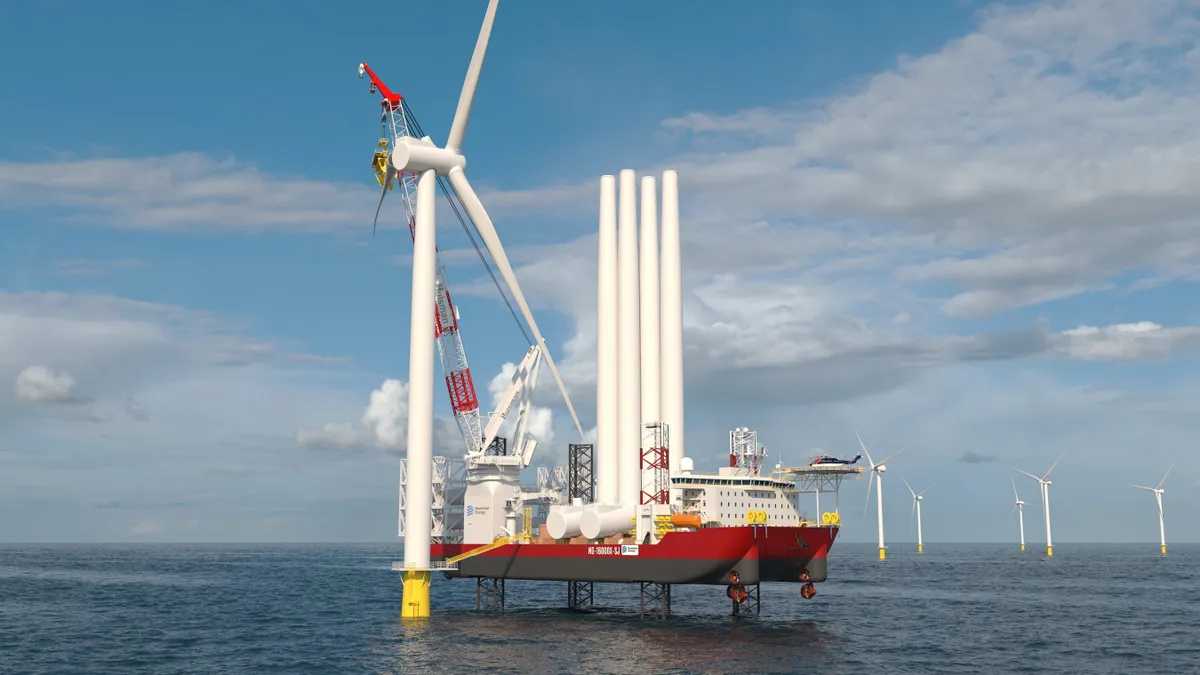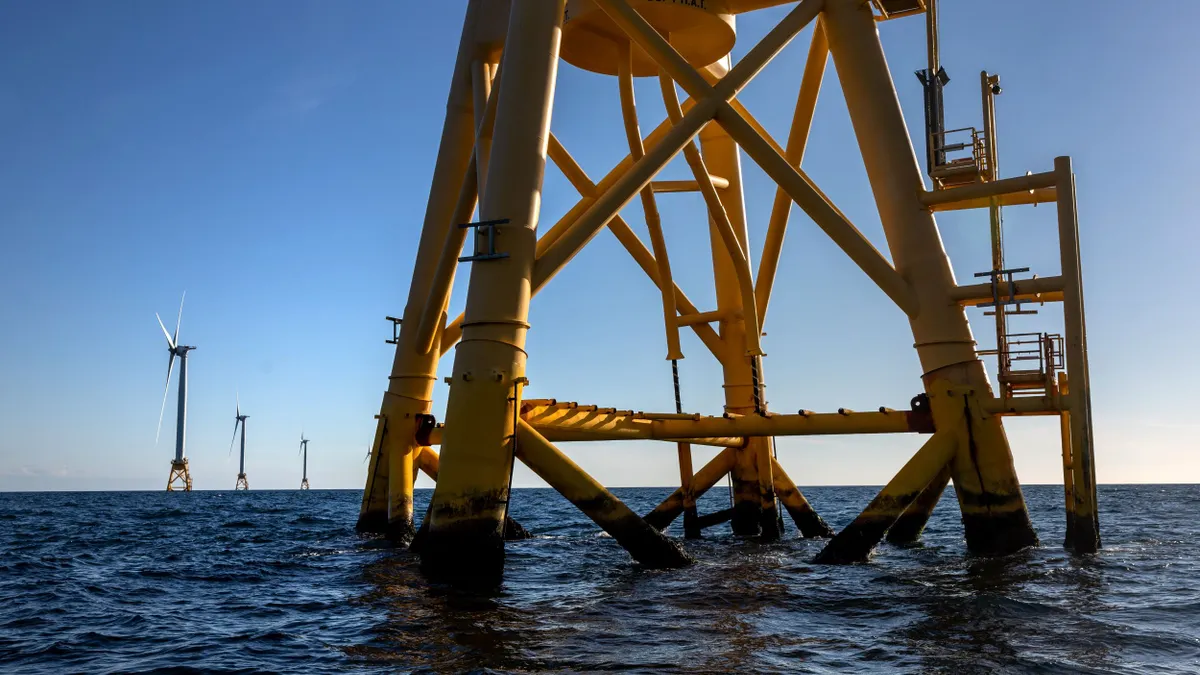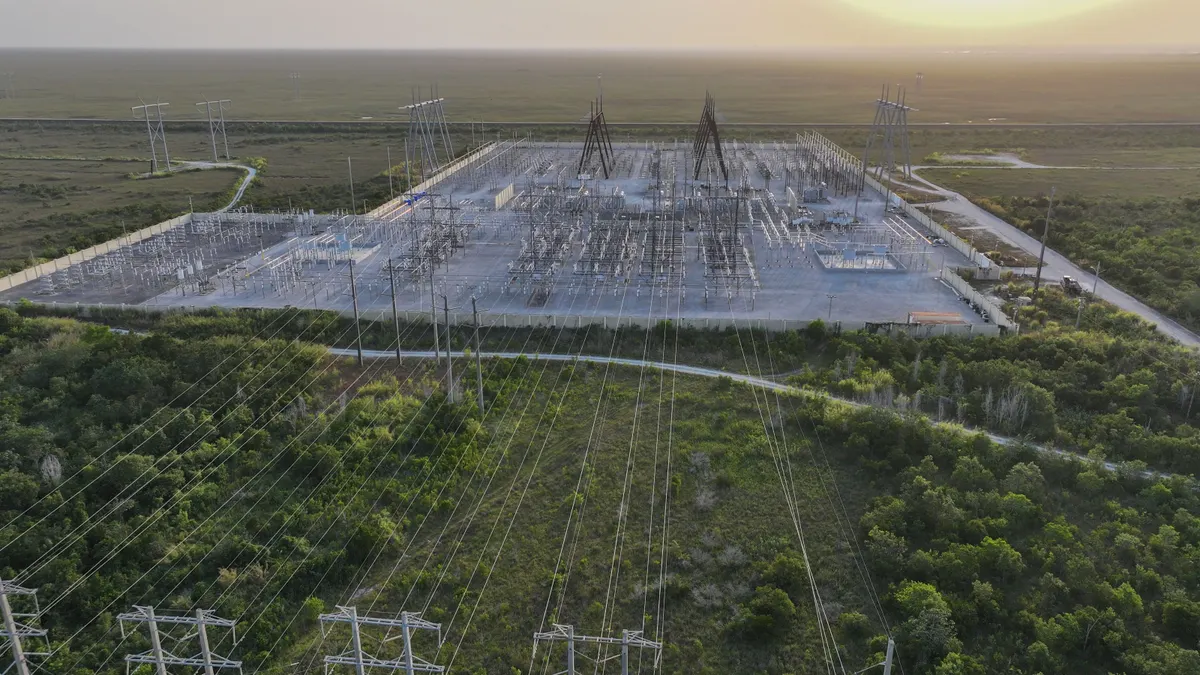Gabriel G. Rodríguez-Calero is co-founder and CEO of Ecolectro, a green hydrogen startup company.
What if there were a way to provide for the world’s $160 billion annual hydrogen needs without spewing 900 million tons of carbon dioxide into the atmosphere?
Hydrogen is essential for critical global industries like fertilizer production, steel manufacturing and refining petroleum products. Yet roughly 90% of the heat-creating pollutants from the fertilizer industry and 50% of the warming pollution associated with chemical production are directly attributed to hydrogen produced using fossil fuels.
For decades, fossil fuel-derived hydrogen was the only economical option. While technologies to manufacture hydrogen from cleaner inputs like water and electricity have existed for centuries, they remain much more expensive to use than what’s known as steam methane reforming — the industry standard for the last 80 years.
Indeed, governments and manufacturers have spent billions of dollars over decades to make electric hydrogen production commercially viable. With oxygen and gaseous hydrogen as the sole outputs of the electrolytic process — and renewable energy and water as the inputs, cracking the code on how to drive down costs for the production and storage of a solution that’s environmentally friendly and can provide around-the-clock, long-duration energy storage.
Despite all this potential, the hydrogen industry is in turmoil. In just the last few months, Plug Power disclosed a liquidity crisis, Cummins announced plans to spin off its hydrogen division, and Green Hydrogen Systems and McPhy filed for bankruptcy. Customers aren’t buying in, hydrogen prices are collapsing, and the cracks are showing.
The problem isn’t with hydrogen itself — it’s with the hydrogen business model.
First, the industry’s financing model unfairly shifts risk onto customers. Producers demand 10- to 20-year offtake agreements for output from centralized mega-facilities, and that places enormous financial and operational pressure on hydrogen users. These buyers must also manage the cost and complexity of transportation and storage. It’s a fragile system built on optimistic projections, not real-world demand.
Today’s customers are simply green hydrogen-curious. They see the long-term potential and value that hydrogen could deliver, but they want to start small and scale gradually. They are neither willing nor able to make billion-dollar commitments, which are required only to help suppliers raise capital.
The most successful pathway for hydrogen is to meet customers where their demand is today. The industry should build reasonably-sized, modular electrolyzer systems that can be deployed on-site, expanded over time and matched to actual needs. Electrolyzers also need to be made affordable, with simple supply chains, so customers can easily adopt these systems in their operations. But the problems extend beyond financing. Most electrolyzer systems today are delivered with the expectation that customers will integrate, operate and maintain the equipment, offloading the capital burden and the complete operations and maintenance load onto buyers who may not have hydrogen expertise. The incumbent industry now asks customers to become power plant operators before they adopt the technology at scale.
It’s a familiar story. In the early days of computing, massive custom mainframes were delivered with minimal support, requiring specialized teams to keep them running. Eventually, the industry shifted to modular, standardized systems with built-in service models — and that’s when adoption took off. Hydrogen must do the same.
Hydrogen still holds enormous promise: to deliver energy independence, cut emissions and create the manufacturing jobs this country urgently needs. However, the industry won’t achieve its goals by clinging to legacy systems that only scale with subsidies or offloading development and operational risks onto customers.
Manufacturers of electrolyzers and other sustainable hydrogen production technologies need to stop selling hype. The industry needs to stop offloading risk. Instead, it must standardize, scale, and support buyers willing to take the first steps toward embracing the hydrogen economy.






















